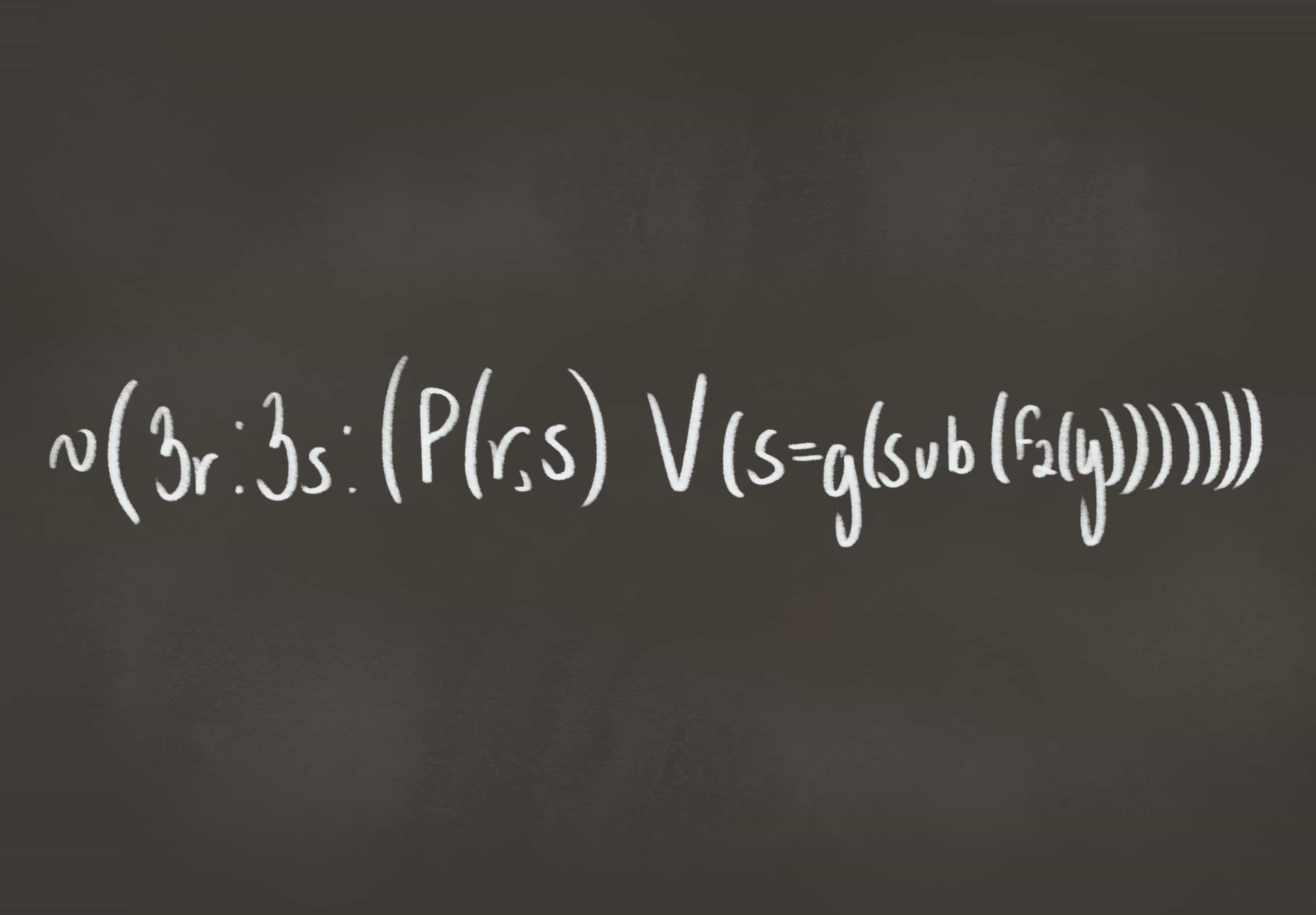In the last decade, most professional sports have undergone a remodelling, with teams scrambling to change their strategies to accommodate new trends in statistical analysis. There haven’t necessarily been major rule changes, nor have there been any substantial changes to the venues or the equipment. Instead, the renaissance has been keyed by an unconventional process known as sabermetrics.
The term sabermetrics was coined by Bill James, a baseball writer and statistician. He defines sabermetrics as the “search for objective knowledge about baseball.” Sabermetrics, a form of advanced metrics, is not limited to just baseball. It can identify trends, make predictions, and determine the real value of players using advanced mathematics across a variety of sports.
Warren Kosoy, a reporter for Raptors Republic, writes that sabermetrics “challenges our perceptions which are often misguided from emotional bias.” Essentially, one can use sabermetrics to gauge a player’s value.
Sabermetrics became widely known thanks to the book and film adaptation of Moneyball written by Michael Lewis. Moneyball follows the Oakland Athletics’ front office and General Manager Billy Beane, as they use sabermetrics to evaluate their players, free agents, and potential draft picks, in order to determine their true value.
The Athletics, due to their minimal payroll, were forced to think differently in order to compete with teams in larger markets. While conventional baseball wisdom favoured easily quantifiable statistics, such as hits and stolen bases, Beane found that using more complicated statistics, such as on-base percentage, could produce better overall value at a cheaper price.
Sabermetrics is an unlikely marriage between mathematicians and jock culture. Advanced metrics created by statisticians have dominated pro franchise’s front offices, from the NBA’s Houston Rockets to the NHL’s Arizona Coyotes. The Rockets’ approach, spearheaded by General Manager Daryl Morey, places the most value on three-point shots or shots near the rim.
The logic behind this decision is that the midrange jump-shot is statistically the most difficult shot that yields only two points. As a result, that part of the game has been eliminated from the Rockets strategy almost entirely. This particular use of metrics is known around the league as ‘Moreyball.’
Sabermetrics don’t guarantee better results though. The Rockets have usually been among the NBA’s elite teams over the last few seasons, but they still struggled last season. However, the team’s approach to the game is emblematic of a change in NBA philosophy.
Since Wilt Chamberlain’s dominance in the 1960s, NBA teams have generally desired strong, back-to-the-basket players in order to win championships. The school of thought at the time was that a team that relied on jump shots couldn’t win — jump-shooting teams were too inconsistent.
The problem with that outdated belief is the underestimation of how good three-point shooters could be. The Golden State Warriors, arguably the best team of the last two years, have relied heavily on the jump-shooting prowess of Steph Curry and Klay Thompson.
Last season, they strategically substituted their traditional big man Andrew Bogut for smaller player Draymond Green, who can provide increased versatility, creating a lineup so effective it was nicknamed the ‘death lineup.’ At the end of last season, they ended up dropping Bogut to pick up free agent superstar Kevin Durant.
Basically the Warriors are gambling that the defensive versatility of Green, Durant, and a host of other long, wing-type players will be enough to compensate for losing their prime rim defender of the last two seasons. Oddsmakers have faith: the Warriors are listed as 2–3 favourites to win the 2017 NBA championship.
Traditionalists may not like advanced metrics, but they appear to be here to stay. Old school techniques, which rely on eye tests and basic measurements, are too subjective.
While sabermetrics began as a baseball phenomenon, it quickly spread, revolutionizing sporting philosophy wherever it went. As the numbers get more complicated, it will be fascinating to see what advanced metrics can come up with next.


